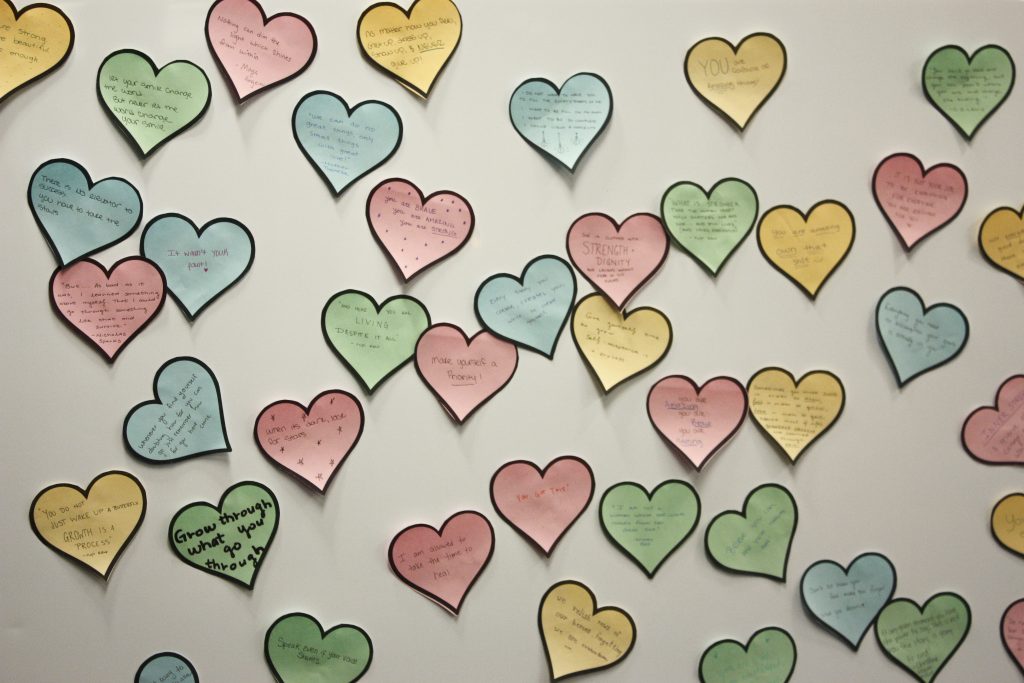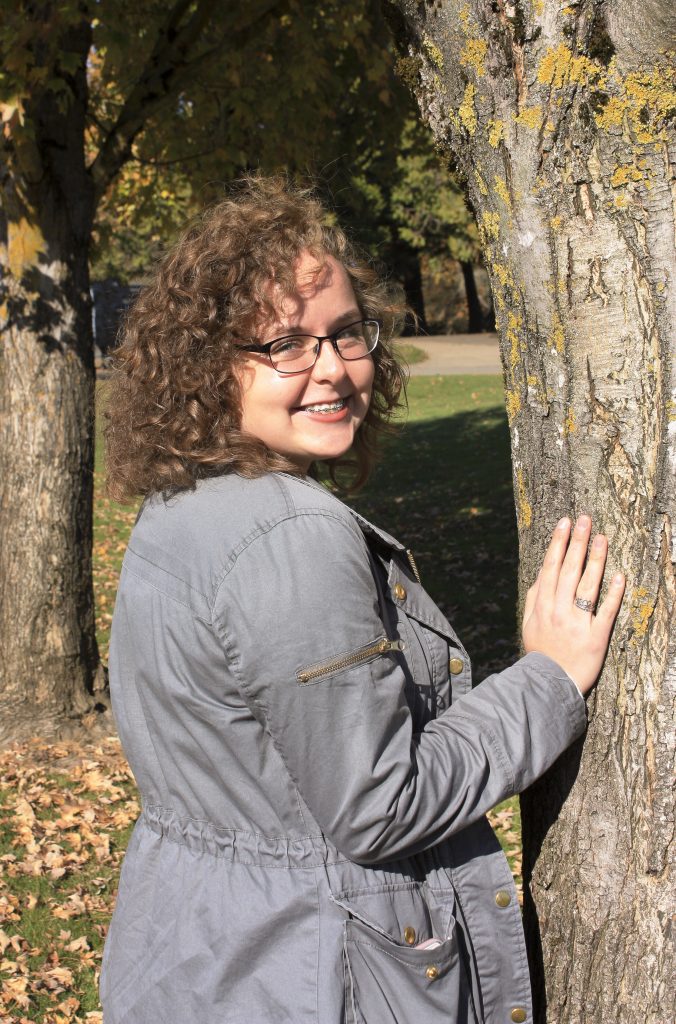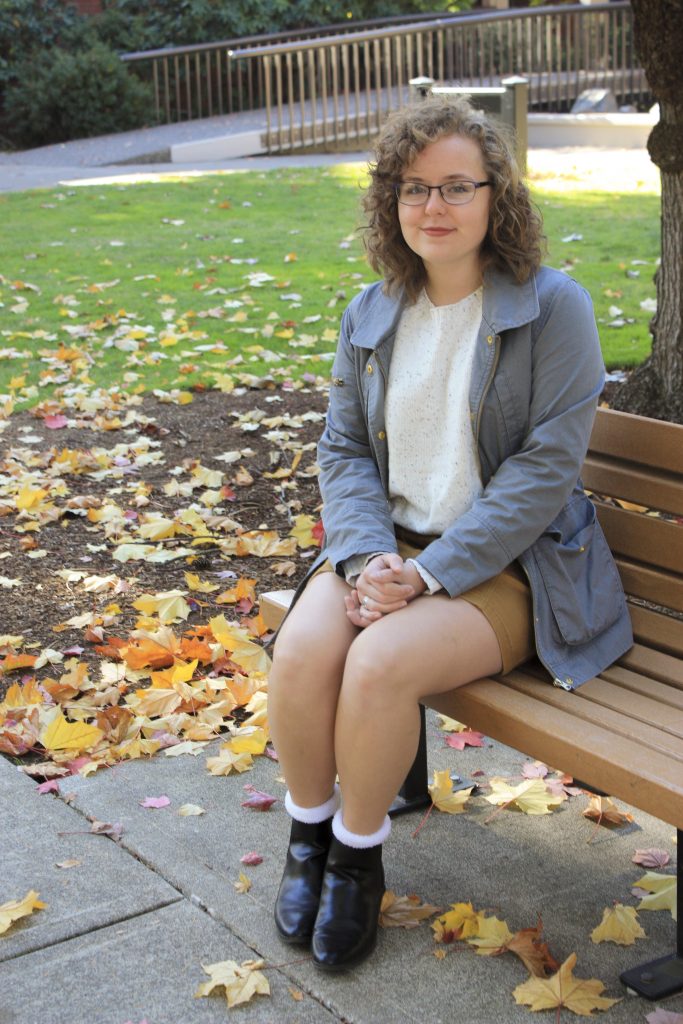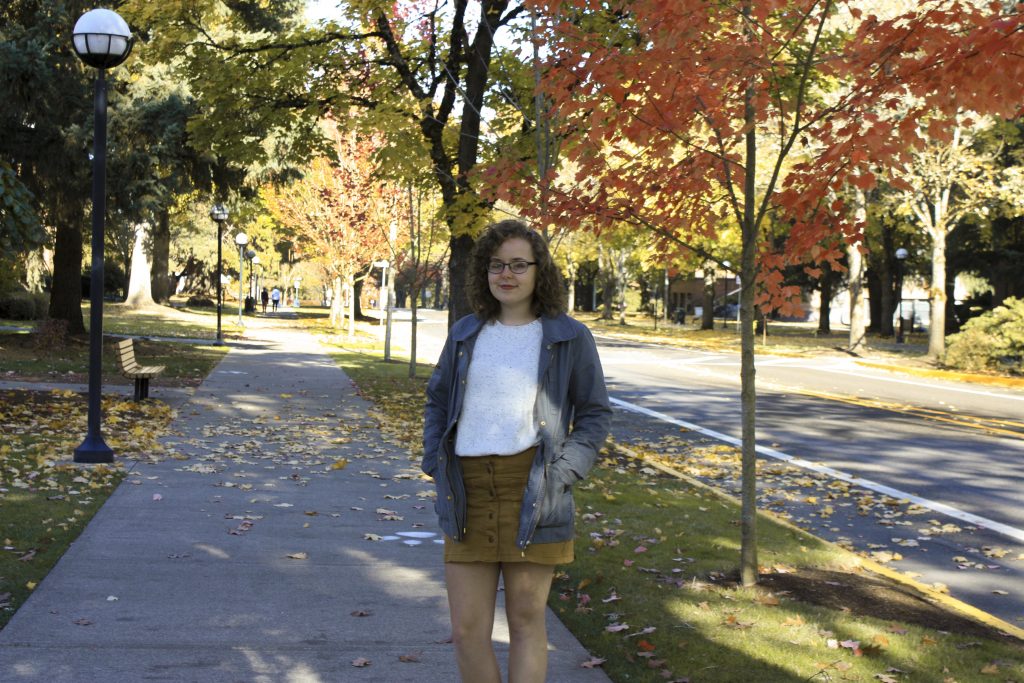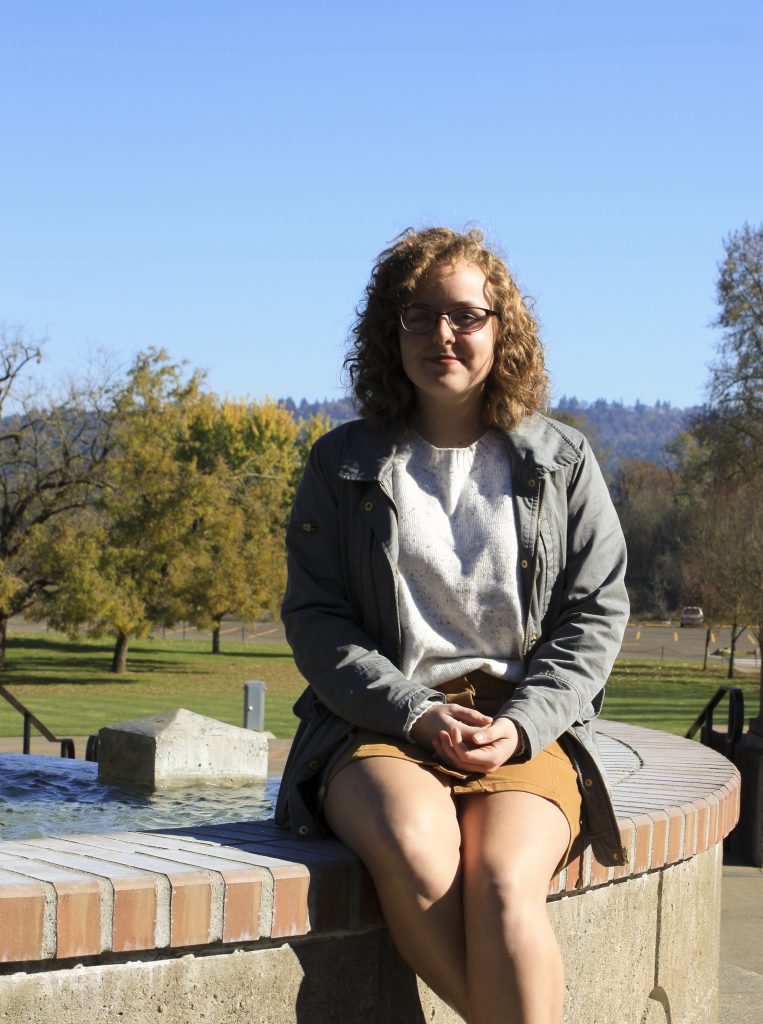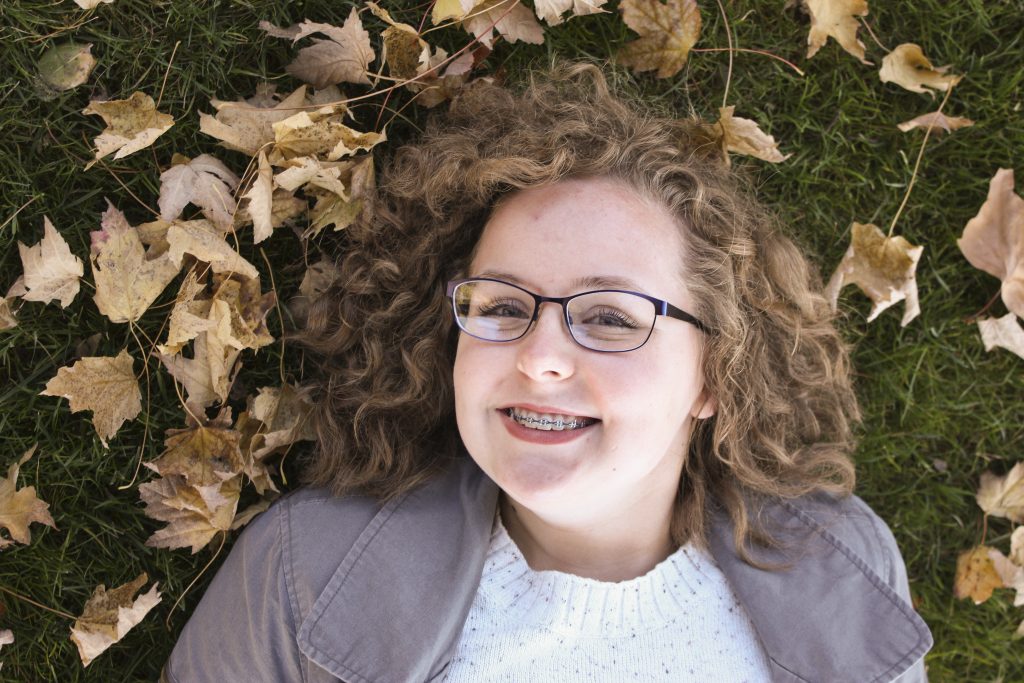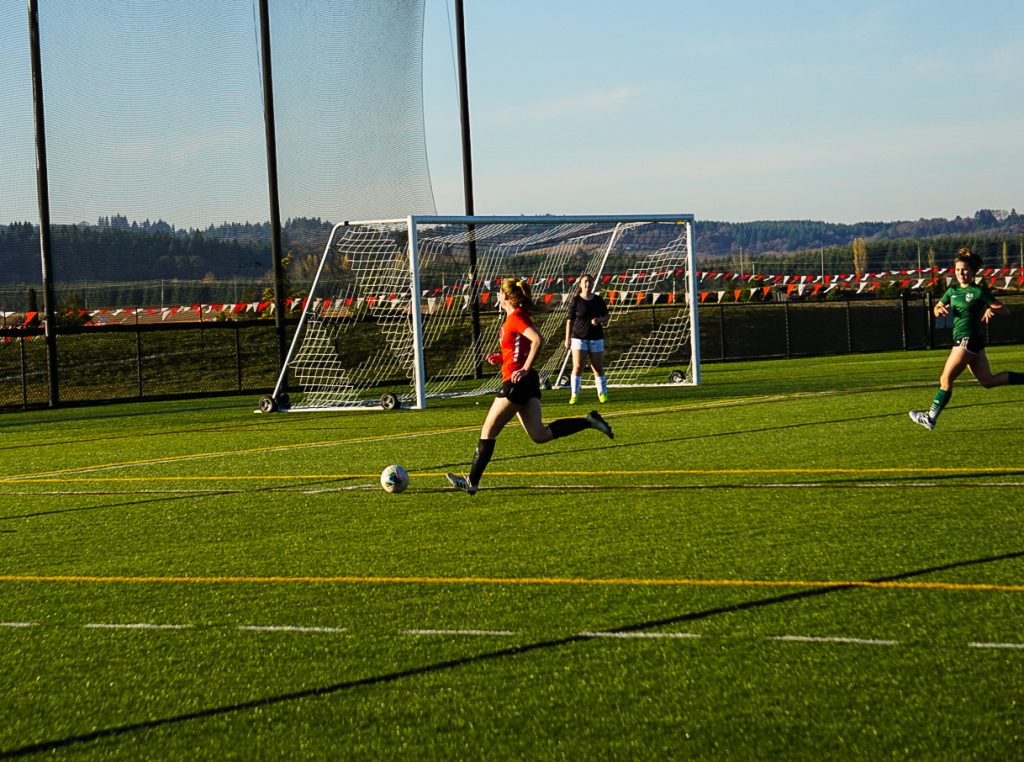
Max Carmona | Freelancer
As the Women’s Club Soccer team stepped onto the field, all cold and unwanted air was gone. The sun welcomed the team and their smiles welcomed the spectators. The Wolves warmed up with excitement and laughs while the University of Portland Vikings were nowhere to be found.
About 20 minutes before the game started, the Vikings showed up — unorganized, confused and with only a total of eleven players, enough for the field but no subs. The Wolves brought a squad of 19 giving them eight subs.
The start of the half can always tip either way, no matter how prepared or stacked a team may be. The Wolves’ defense held their line and barely allowed for any attack from the Vikings, while Portland’s defense was challenged minute by minute. Multiple opportunities were created by an assortment of Wolves returners including Hannah Greene, Kawehi Taniguchi, Chase Tokita, Haley Willmott, and Gha Ming NG.
After countless attacks and attempts on goals, it was surprising that the score did not reflect this. The Wolves disconnected at times, never knowing who was going for the ball first, not talking or communicating when necessary and players hiding from the ball rather than opening up to receive a pass. But, they continued strong plays on their attacking half.
An injury was sustained on the field for the Vikings. Portland had no subs to cover this player, leaving them down one ‘man,’ and giving Western an advantage.
Quickly after this injury, a shot was kicked and kissed the back of the net by Taniguchi, making the score 1-0. This sent a ripple effect through the Western team, making everyone crave more goals.
The energy was heightened and the Wolves weren’t done; Sarah Texter, a returner, carried the ball up from defense and was able to find the goal — no one could stop her drive and determination — making the score 2-0, Wolves.
The first half came to a close and Western was able to come off the field feeling excited and confident.
The sun dropped and coolness waved across the field, but the smiles were still there.
Second half started with a new lineup amongst the Wolves, getting fresh players on the field. Even having the new substitutes on the field, the intensity remained and the starters from first half had nothing but cheers and support for their fellow teammates.
The ball continued to remain on the Wolves’ offensive half, giving the Wolves’ defense many opportunities to push up and get in the attack to try for more goals. By having the forwards stay high, and the midfielders on the attack with the forwards, this opened the playing field up for Texter to take the ball to goal again — and make her second goal of the game, Wolves 3 and the Vikings 0. A hat trick was on the rise.
Moments later, Kaylee Leong, a new player for the Wolves, scored the fourth goal of the game — feat for Leong, and an advantage for Western.
More subs were brought into the game giving the Wolves more ammunition and more chances for scoring. Multiple corner kick chances were given to Western, giving Greene the ball to set up her teammates.
And then, the hat trick moment came. Texter was given the ball again and took it all the way to the goal, scoring for the Wolves. And that she did, making her third goal and the final goal of the game to put the Wolves five goals ahead. The cheers were endless and the big smile across Texter’s face made for a sweet victory.
The Wolves finished the game strong; they had won their first game, no more tying. A new month, a whole new team. Nov. 2 was a day to propel the Women’s Soccer Club forward.
The next home game for the Wolves will be on Sunday, Nov. 10 at 4:30 p.m. on the turf field against the Oregon State Beavers.
Contact the author at mcarmona18@wou.edu
Photo by Tobi Greene




